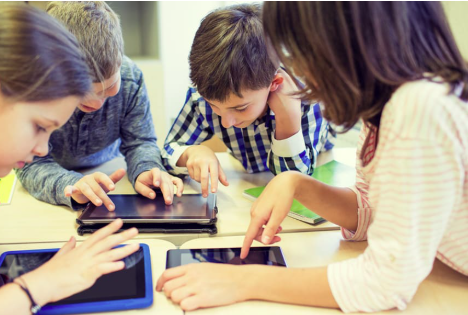Article:
In today’s educational landscape, more schools and educators are embracing personalized learning as a meaningful way to meet the diverse needs of students. At the heart of this approach lies a powerful psychological principle: the growth mindset. By nurturing a belief in the ability to improve through effort, feedback, and persistence, educators can help students take ownership of their learning journeys.
What Is a Growth Mindset?
Coined by psychologist Carol Dweck, a growth mindset is the belief that abilities and intelligence can be developed with time and dedication. Students who adopt this mindset view challenges as opportunities rather than threats and are more willing to take risks, ask questions, and embrace feedback.
In contrast, a fixed mindset—believing that one’s abilities are static—can discourage learners from trying new strategies or continuing after failure. The distinction between the two has a significant impact on student motivation, academic success, and overall resilience.
How Personalized Learning Supports Growth Mindset
1. Goal-Setting Based on Strengths and Interests
In a personalized learning model, students have a say in setting their academic and personal goals. This helps them connect learning to their passions and strengths, encouraging a sense of purpose. When students see progress toward these goals, even in small steps, they start to believe in their capacity to grow.
2. Individualized Feedback and Reflection
Unlike one-size-fits-all models, personalized learning allows educators to give timely, constructive feedback that speaks to a student’s unique progress. Reflection activities—like journaling or portfolio reviews—encourage learners to assess their growth over time and reinforce the value of persistence.
3. Flexible Pacing and Support
Personalized learning removes the pressure of keeping up with a rigid pace. Students can revisit concepts as needed or accelerate through material they master quickly. This autonomy reduces frustration and supports the belief that mastery comes with effort, not luck or innate talent.
4. Encouraging a Positive Learning Environment
When classrooms embrace both personalization and growth mindset principles, they foster a safe space where students feel comfortable making mistakes. Educators model growth-oriented language by praising effort, strategy, and improvement rather than just outcomes.
Practical Strategies for Educators
- Use encouraging language: Reinforce effort-based praise such as “You worked really hard on this” instead of “You’re so smart.”
- Provide choices: Allow students to select how they demonstrate their learning—via video, essay, infographic, or project.
- Track progress visibly: Help students chart their growth to build confidence and celebrate improvement over time.
- Integrate goal reviews: Regularly revisit personal goals to promote ownership and reflection.
Final Thoughts
When personalized learning is combined with a growth mindset framework, students become more than participants—they become leaders in their education. They begin to see themselves not just as learners, but as capable learners. This powerful shift can have lasting effects on academic achievement, personal confidence, and lifelong learning habits.
By creating an inclusive, encouraging, and tailored learning environment, educators help students unlock their potential one lesson at a time—without ever limiting them to where they start.














